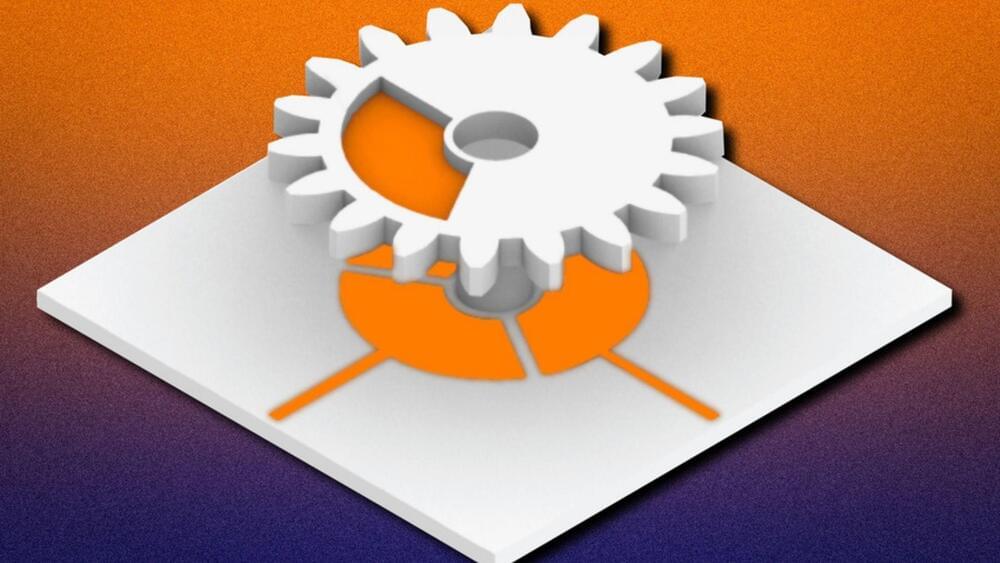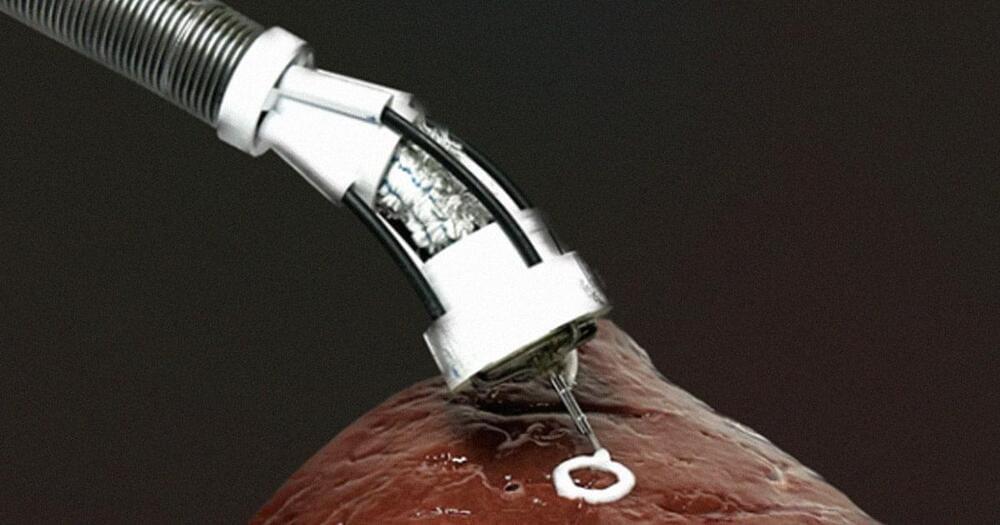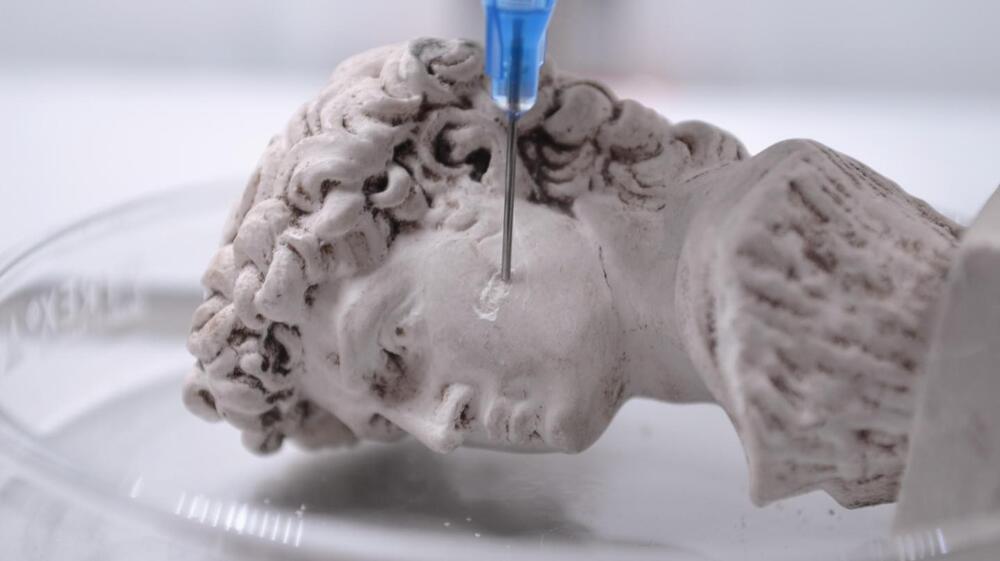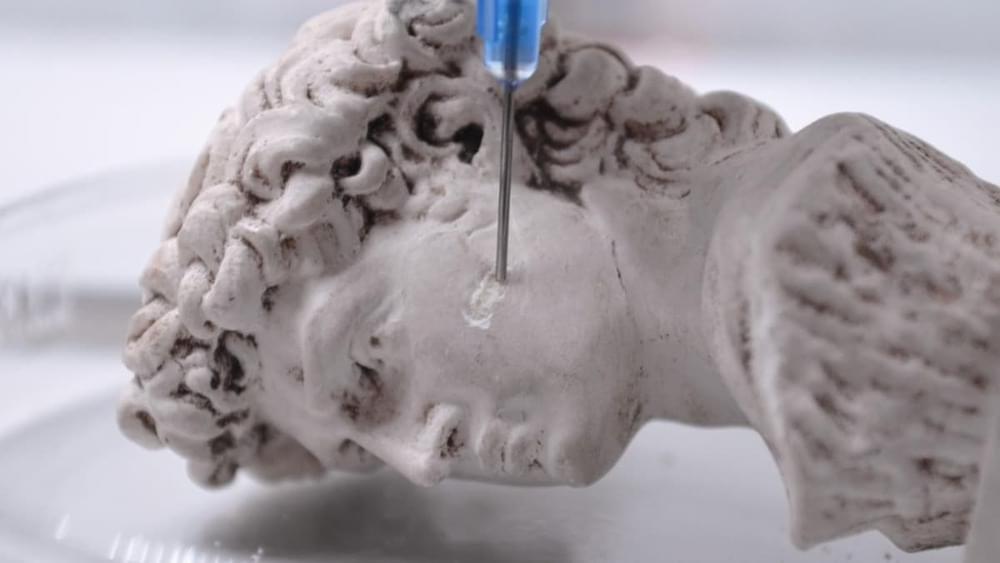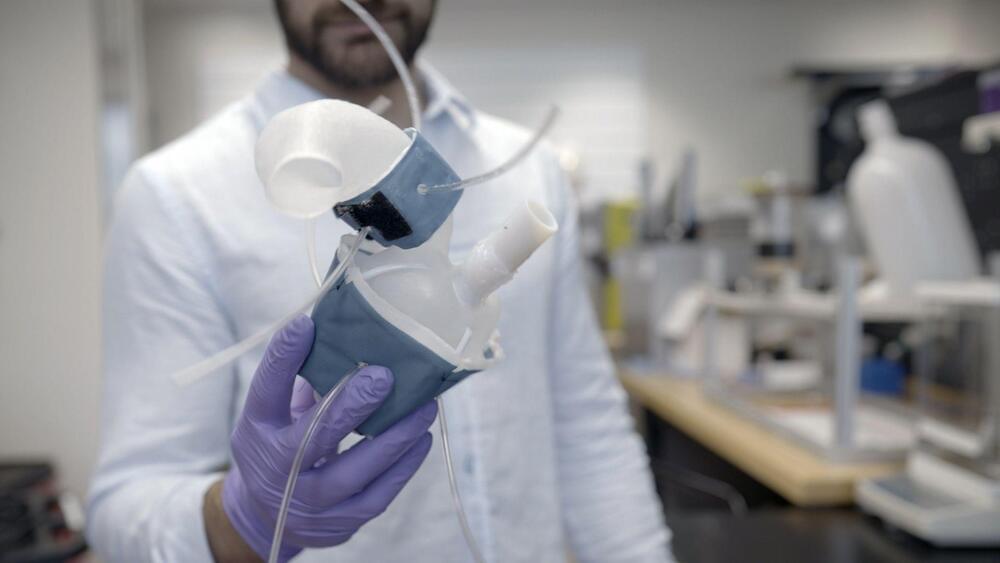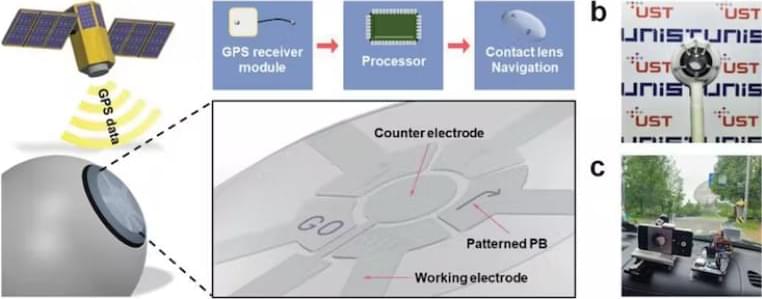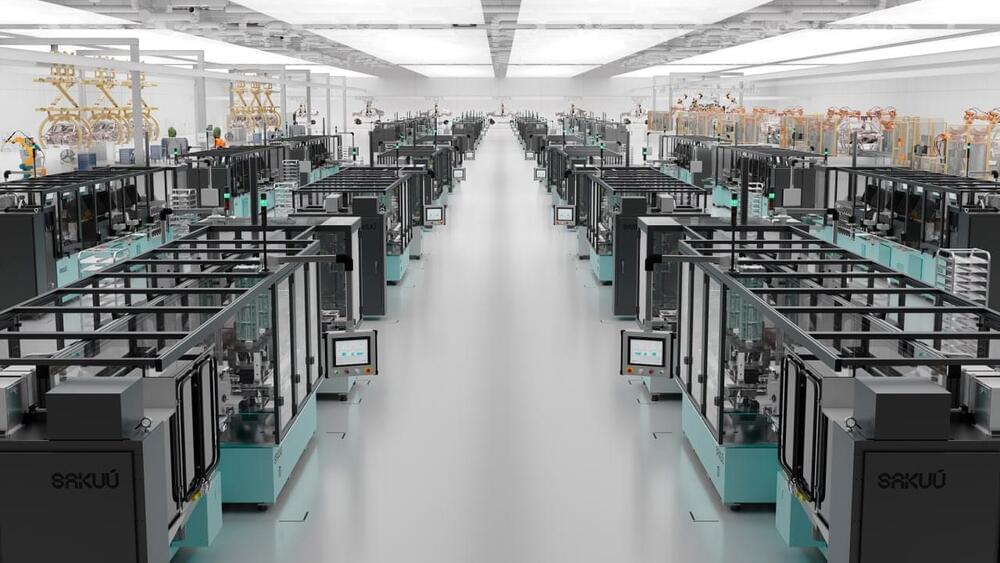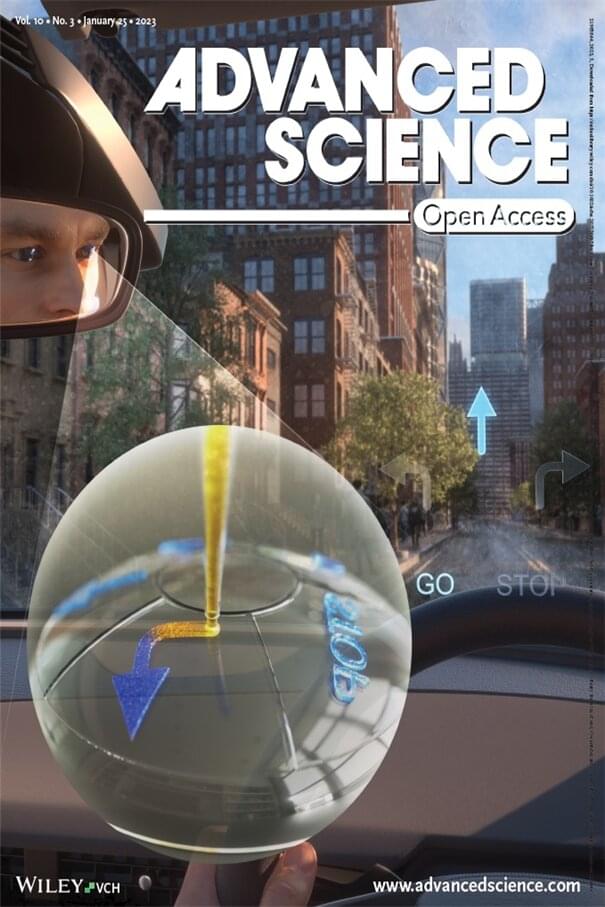Mar 17, 2023
Revolutionary 3D-printed devices utilize advanced sensing technology
Posted by Gemechu Taye in categories: 3D printing, electronics
Up until now, it was still infamously difficult to include sensors in 3D designs.
Engineers might be able to create smart hinges that can detect when a door has been opened or gears inside motors that can communicate their rotational speed to a mechanic by integrating sensors into rotational systems.
Even while improvements in 3D printing allow for the quick manufacture of rotational devices, it is still infamously difficult to include sensors in the designs.
Continue reading “Revolutionary 3D-printed devices utilize advanced sensing technology” »
